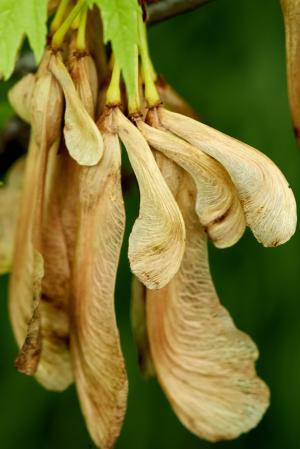
By vet Freya Wood
Over autumn 2022 and spring 2023 there has been an apparent huge increase in the number of sycamore seeds and saplings that we have seen on our paddocks.
Atypical myopathy is a severe and commonly fatal muscle disorder that is caused by the toxin hypoglycin A which is found in the seeds and seedlings of sycamore trees. It causes the muscle cells to slow or stop producing energy. This toxin is mainly found in the sycamore tree which is part of the Acer family which contains 25 species which can be difficult to distinguish between.

There is no precise quantity of toxin ingested as there seems to be an individual response by horses, possibly due to genetics, diet or previous exposure. Toxin levels also differ between trees. Some horses seem unaffected by the toxin for reasons unknown and there is no way to identify these horses, so paddocks may be unsafe despite being grazed for many years.
Signs of disease include general weakness (struggling to walk, stand or breathe), muscle trembling, depressed demeanour and low hanging head, colic signs, brown or dark red urine and they may be unable to stand. If your horse exhibits any of these signs you must call your vet immediately - this is an emergency. Successful treatment relies on early diagnosis and intervention, which may include hospitalisation in a referral centre for intensive care. This is a serious disease with a 30-40% survival rate.
The Royal Veterinary College offers testing services to determine if individual plants contain the hypoglycin A toxin (see their website). Preparation before the high-risk period can help, including testing for the presence of the toxin, ensuring supplementary forage is available in the autumn and checking neighbouring areas for potential sources of seeds as they can travel on the wind. If any seeds, leaves or seedlings are seen in the paddock they should be cleared, and paddocks checked daily.